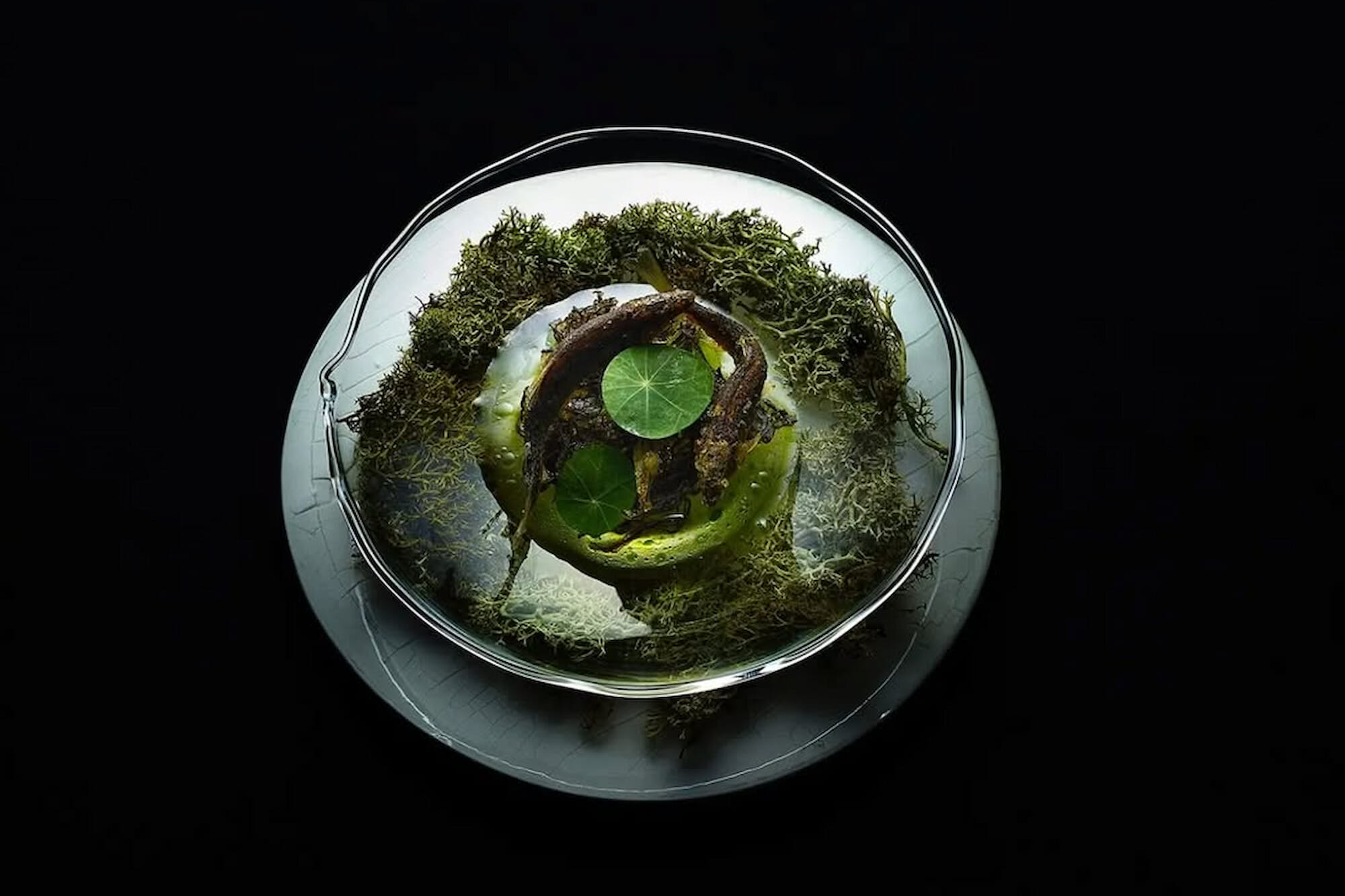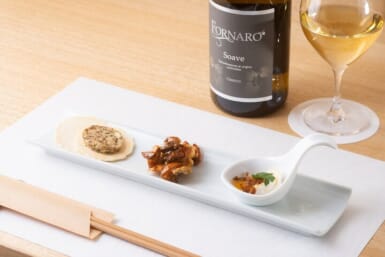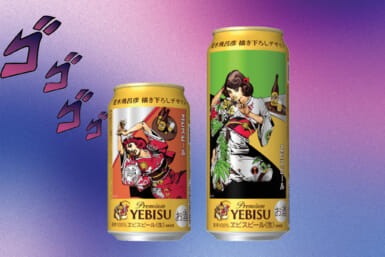Each year, the Michelin Guide Ceremony awards Michelin Stars and Bib Gourmands, and announces a list of Selected restaurants. In anticipation of the event later this year, here are 16 restaurants that have newly been added to the Michelin Guide for Kyoto and Osaka.
Michelin Guide Restaurants in Kyoto 2025

Hakubi (Chinese cuisine)
Offering a contemporary interpretation of Chinese cuisine, Hakubi features a 25-dish course inspired by the Manchu-Han Imperial Feast, which was served over several days. These dishes incorporate Kyoto ingredients as well as Western elements such as rice noodles, caviar and chicken wings wrapped in foie gras. Hakubi also offers carefully selected wine pairings and Chinese tea.
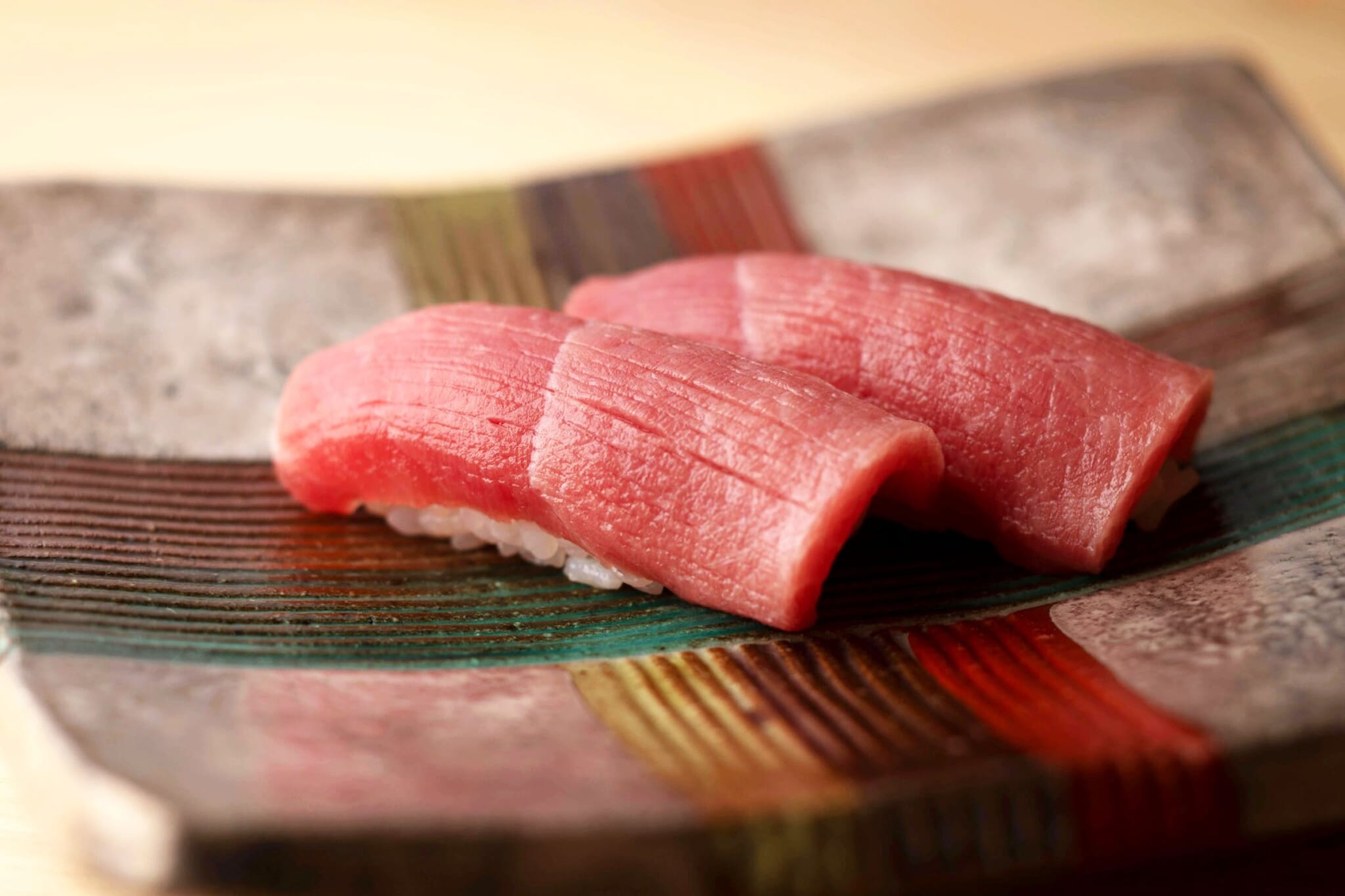
Kikunoi Sushi Ao (Sushi)
Kikunoi Sushi Ao is an innovative sushi restaurant opened by the traditional Japanese restaurant Kikunoi. It incorporates nigiri into the flow of appetizers, sashimi and soup, and also cooks ingredients in a distinctive way. For example, kuruma prawns are grilled over charcoal with the shell on, while conger eel is combined with black shichimi and kinome. The dishes are plated beautifully on tableware and sake bottles that Rosanjin, a famous epicure and gastronome of the Showa period, used.
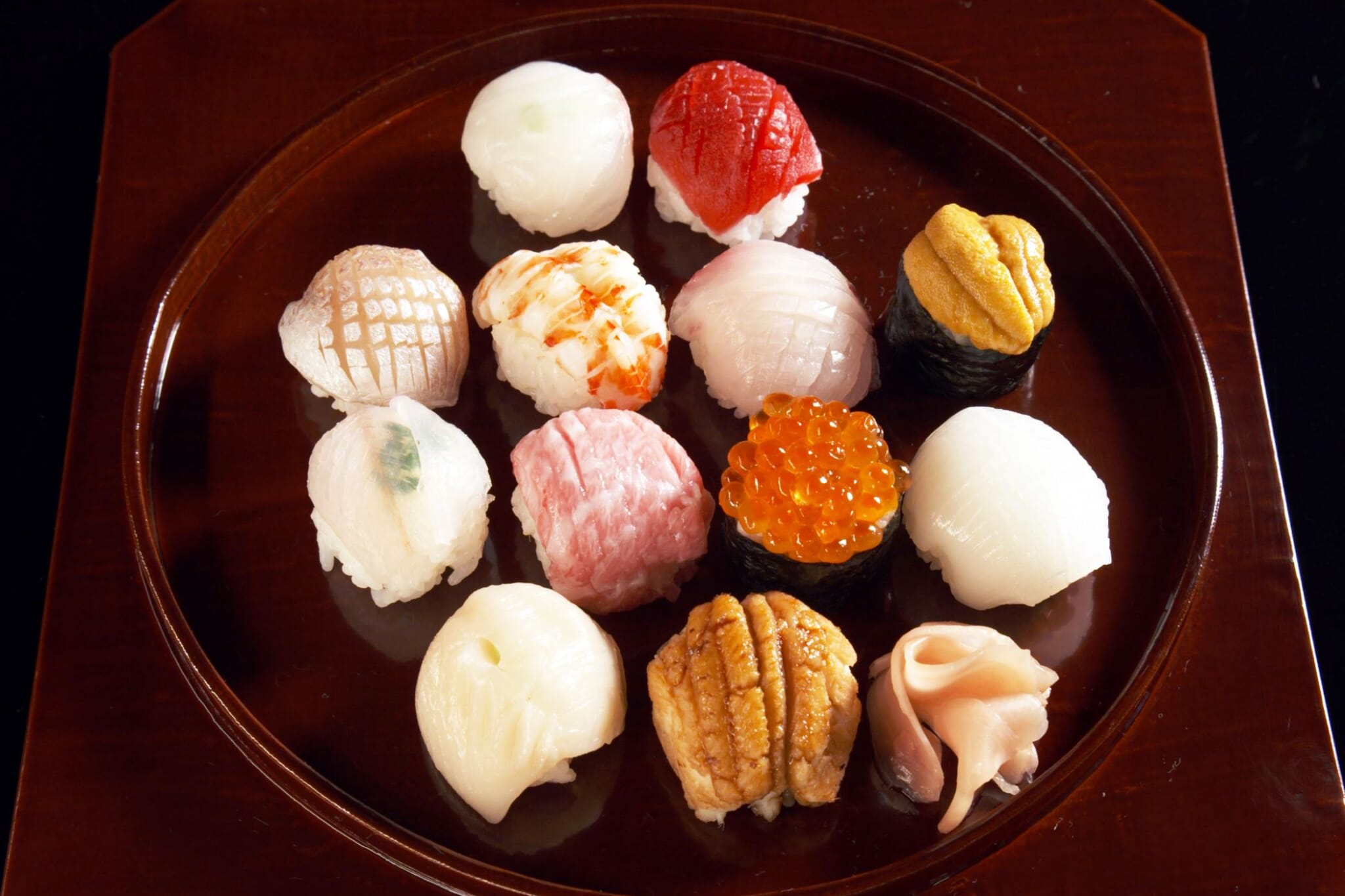
Shimogamo Ichima (Sushi)
With an endearing, rounded appearance, Shimogamo Ichima’s Temari sushi is a feast for the eyes. The chef’s grandfather, inspired by the artistry of saikuzushi — which molds ingredients into the shapes of turtles, cranes and plums — created the orbs to be small enough for geisha and maiko to eat in a small, delicate bite. Meticulously shaped by hand, Temari sushi rice dissolves in the mouth.
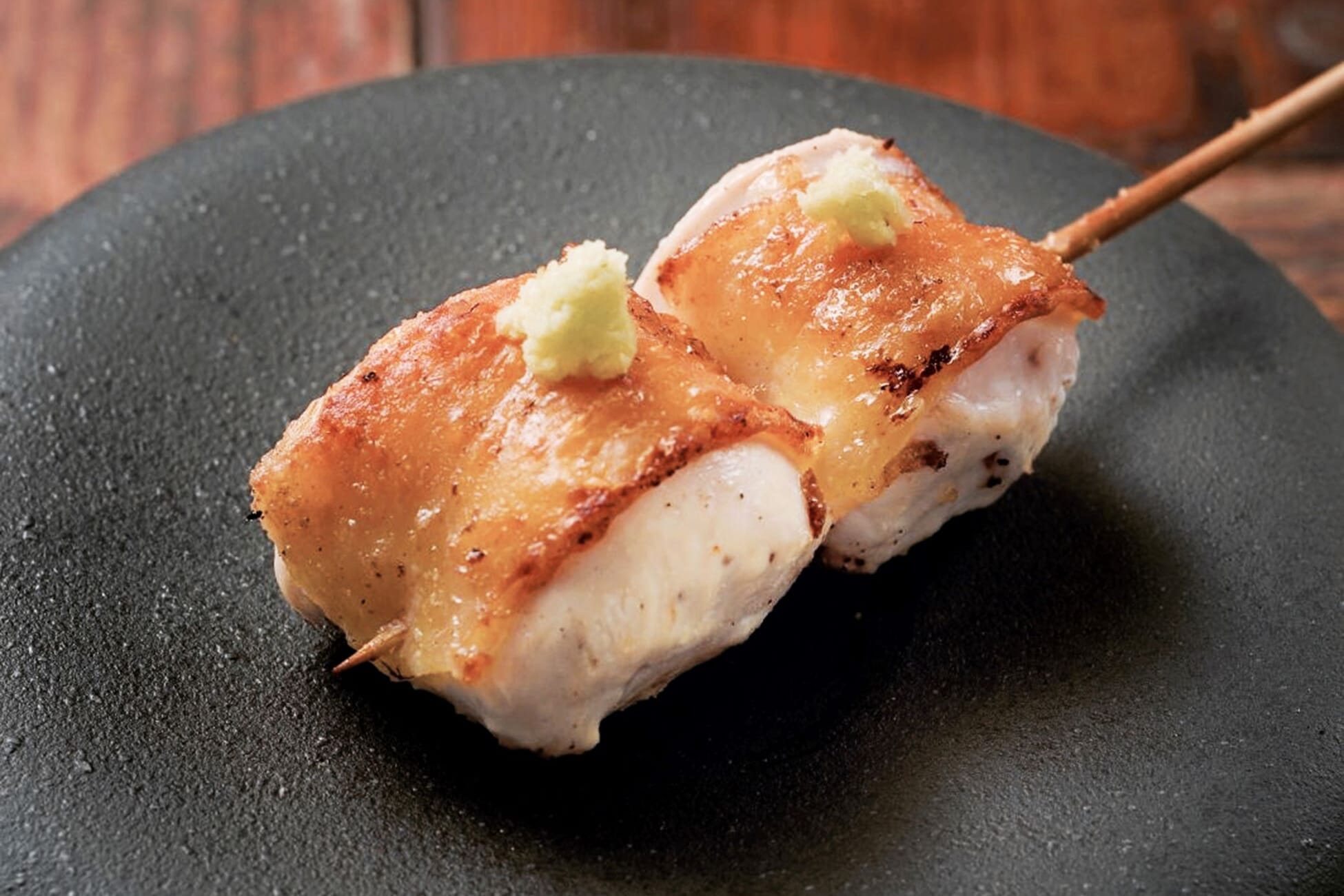
Torisho Sai (Yakitori)
Torisho Sai serves yakitori (Japanese grilled chicken skewers). Using the ancient heat sources of charcoal and wood flames, the restaurant cooks free-range Hinai-jidori chicken to perfection. The first dish to be served is a single skewer of breast meat to highlight the simple beauty of the chicken’s flavor. Torisho Sai uses the kagoyaki technique — enveloping the chicken in flames and smoke — which descends from Miyazaki Prefecture’s culinary traditions. The meal ends with ginger rice in chicken broth, cooked in a wood-fired oven.
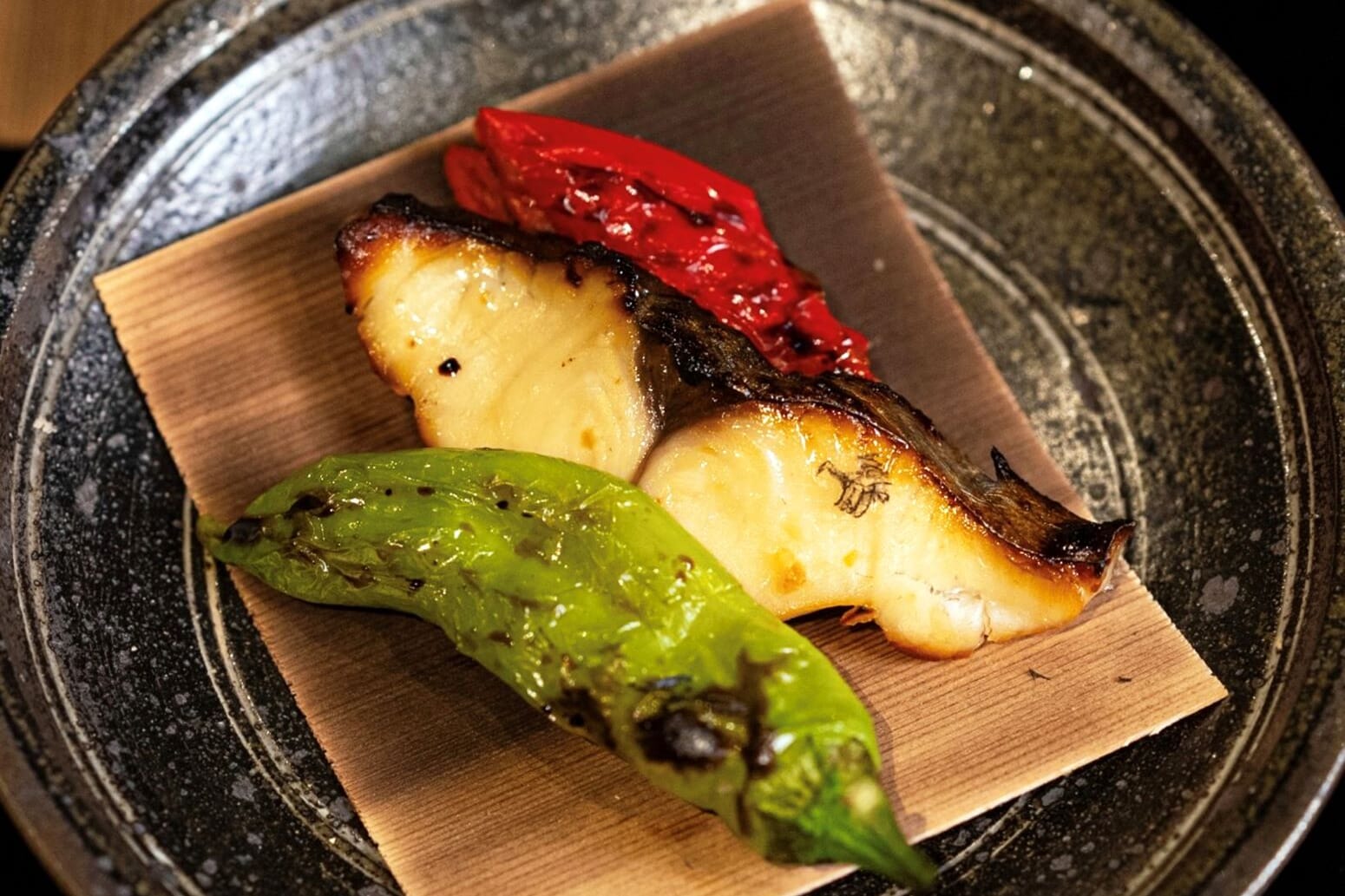
Ryoriya Kanemitsu (Japanese Cuisine)
A newly opened restaurant housed in a traditional townhouse in the heart of Kyoto, Ryoriya Kanemitsu values the seasonality and fresh flavors of its ingredients. The stylish interior features an open-ceiling space with wooden beams and table seating. The chef visits farms in Takagamine and Kamigamo to hand-select produce. He uses charcoal-grilling techniques to cook seafood dishes.
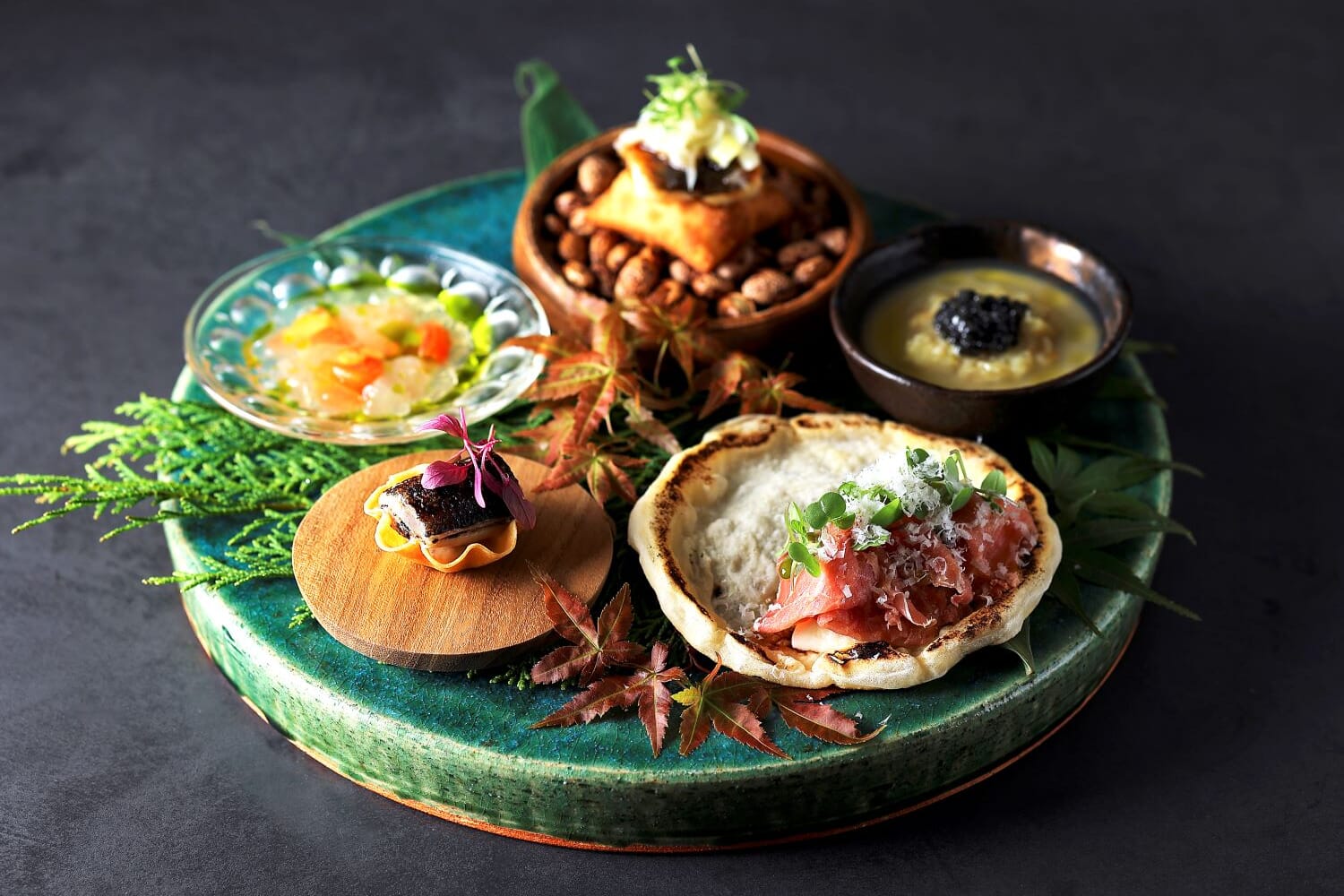
Etto (Italian cuisine)
Etto is an Italian restaurant that accentuates the four seasons of Japan. The dishes are presented using a Hassun style, with an assortment of small seasonal dishes tastefully placed together on a tray. Etto means “intimacy” in Italian and there’s a closeness between the open kitchen and counter space that encourages a sense of connection between the guests and the chef. In addition to the antipasto misto, which is served on a Kiyomizu-yaki plate and decorated with seasonal leaves, five flavorful small dishes and wine pairings complete the meal.
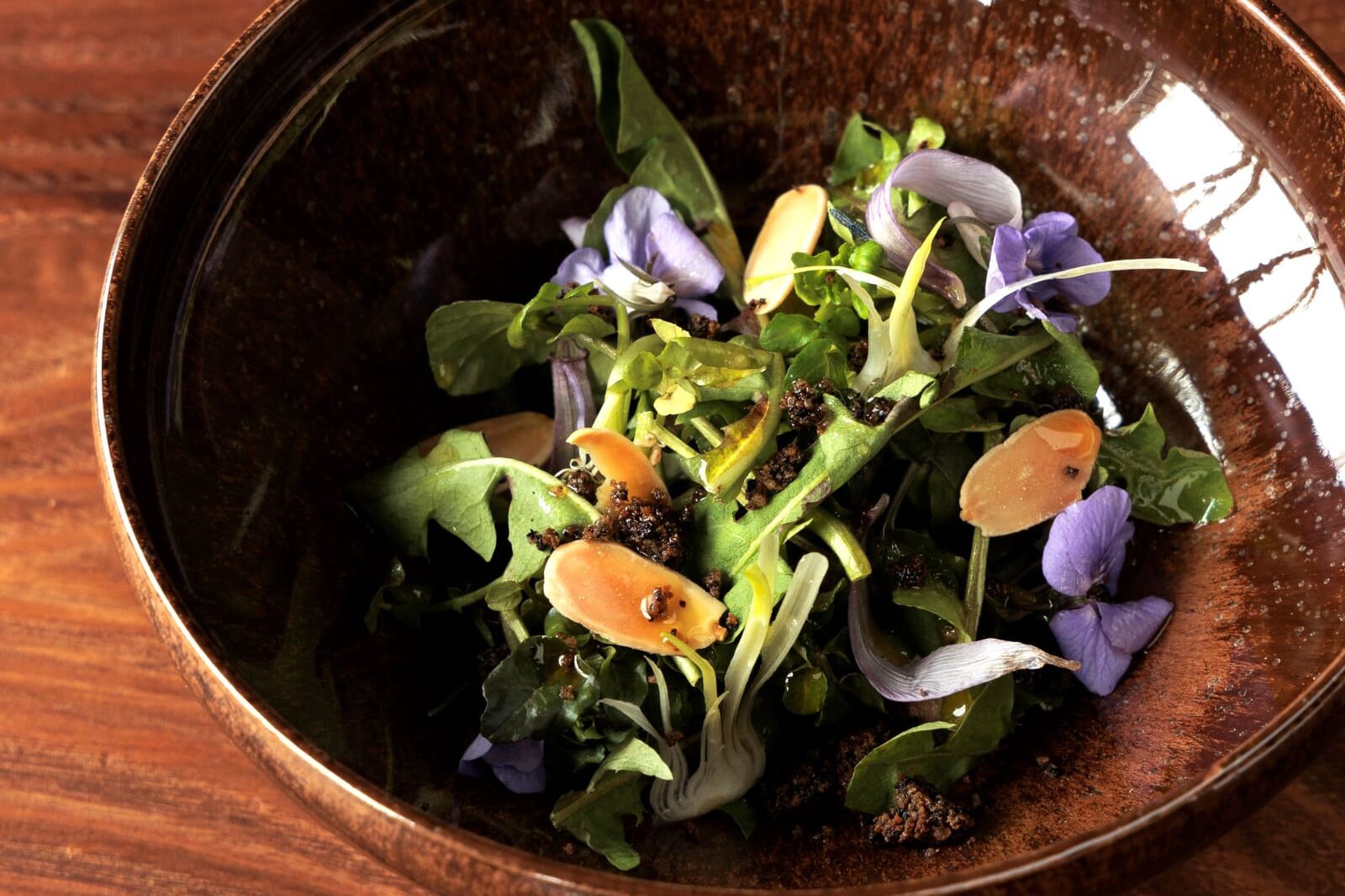
Ristorante Dono (Italian Cuisine)
With a dining room that overlooks the large torii gate of Heian Shrine, Ristorante Dono endeavors to immerse customers in Italian food culture. Head chef Toshifumi Chugoku, born and raised in Kyoto, went to Italy alone at the age of 18 to follow in his father’s footsteps as a chef. Upon training at the Michelin-starred restaurants Villa Fiordaliso and Restaurant Alain Ducasse au Plaza Athénée in Paris, as well as leading several restaurants in Kansai and Tokyo, he established Ristorante Dono in 2024 to craft original and colorful dishes.
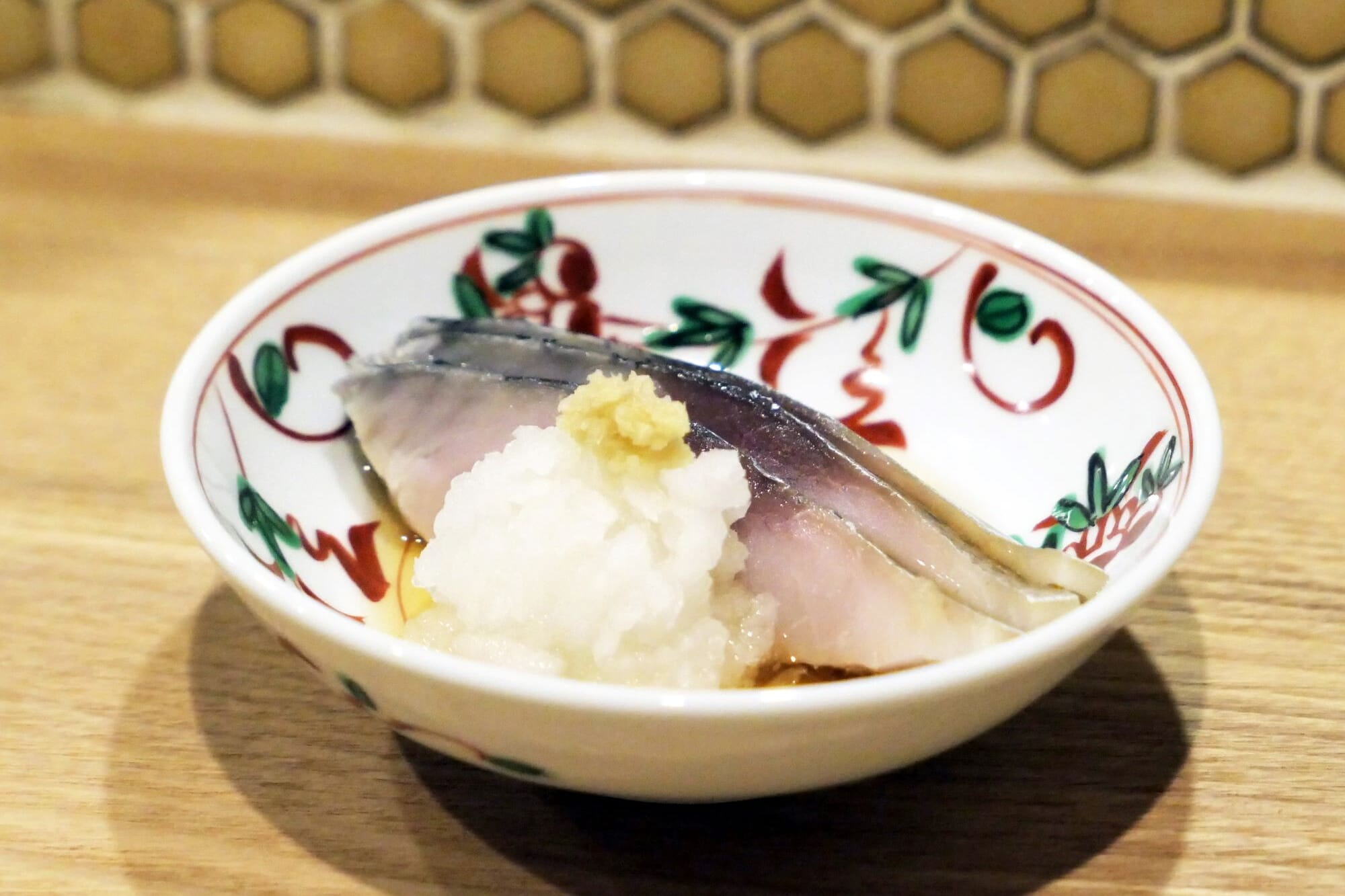
Isoyama (Japanese Cuisine)
In the back alleys of Pontocho is Isoyama, a small Japanese restaurant where you can listen to Showa-era pop music and enjoy a cozy, bar-like atmosphere. There’s a wide variety of dishes inspired by both traditional Japanese cuisine and casual izakaya plates. A highlight is the grilled fish paired with sake kasu (rice mash left over from sake brewing, packed with health benefits) and bean paste.
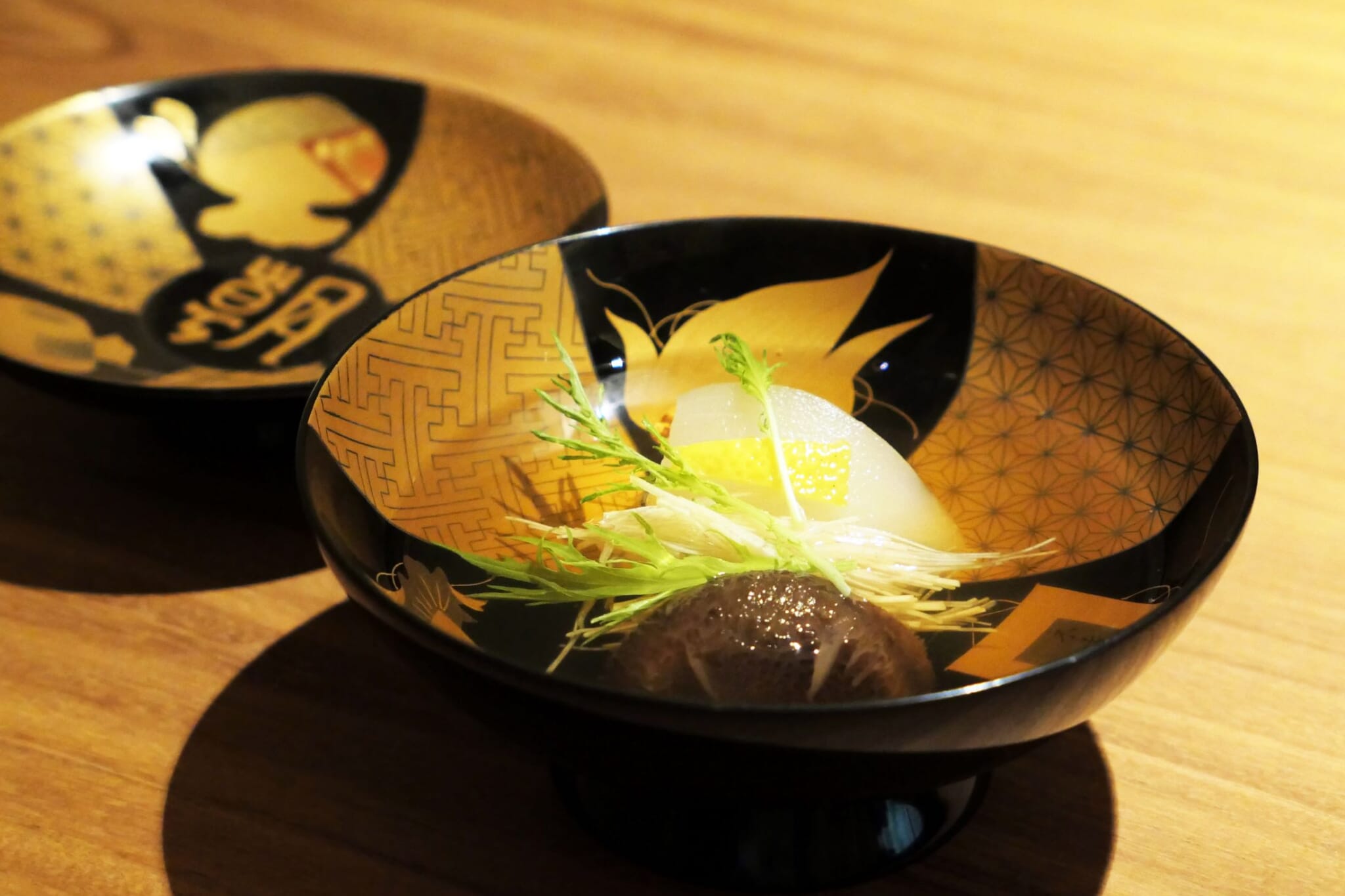
Hosun Nagashima (Japanese Cuisine)
Hosun translates to “little square,” or “the space occupied by my heart” in Japanese, based on the notion that a restaurant is a space where the hearts of a chef and the guests can come together. Born in Enmachi, Kyoto, the chef turned his family home into a restaurant to create a neighborhood gem. His cuisine focuses on dashi, featuring soup dishes with a makombu (the highest quality kelp) base and dashi paste paired with charcoal-grilled fish.
Michelin Guide Restaurants 2025 in Osaka
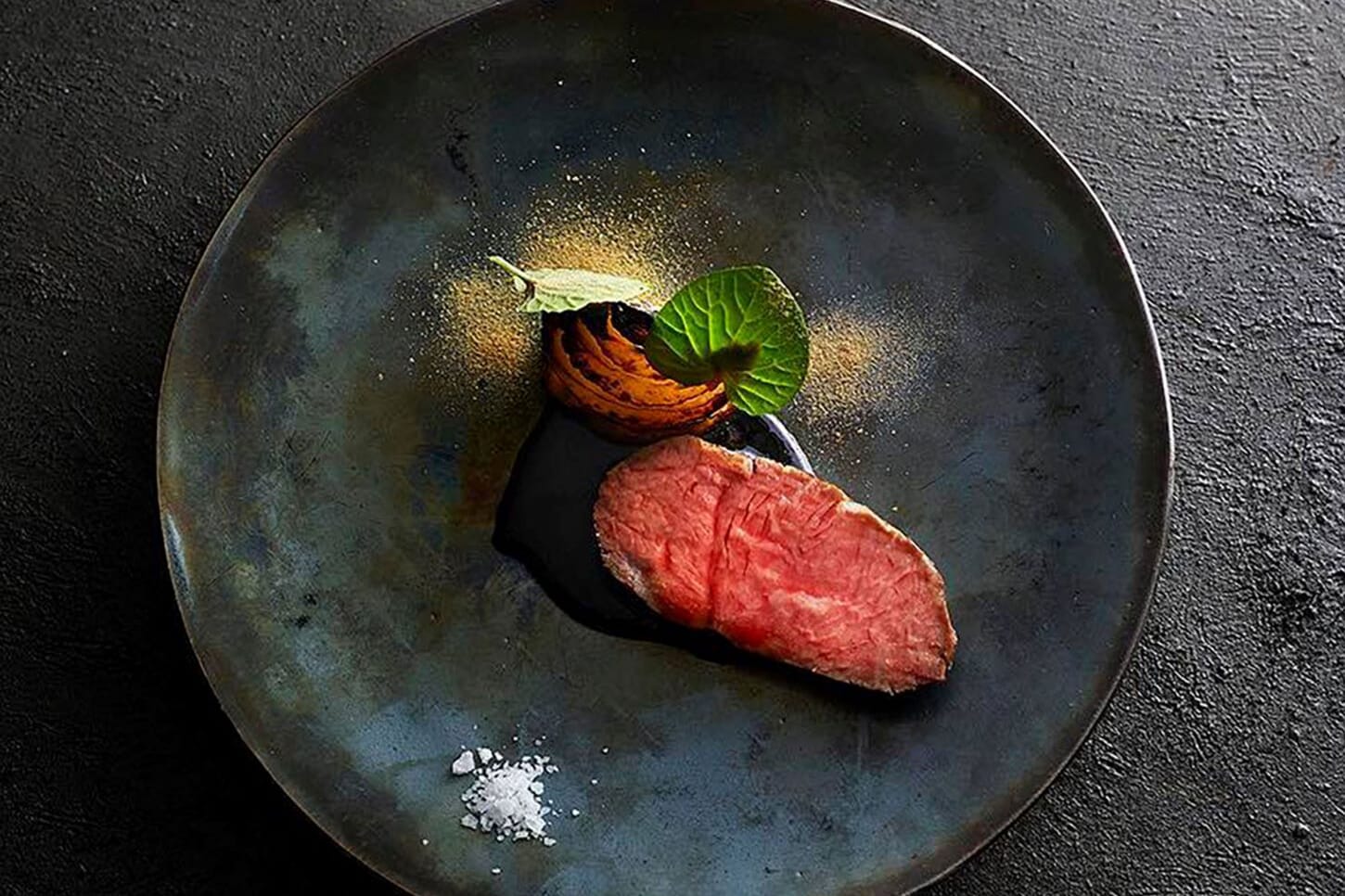
RiVi (Modern Cuisine)
With a name that combines the Italian words “risata” (laughter) and “vita” (life), RiVi is headed by an innovative chef who draws from his experience in Italian and French cuisine. The restaurant’s course menus are constantly evolving, consisting of contemporary fusion dishes that synthesize Japanese and Western sensibilities. Plated on hand-selected artisan tableware, RiVi’s offerings resemble works of art.
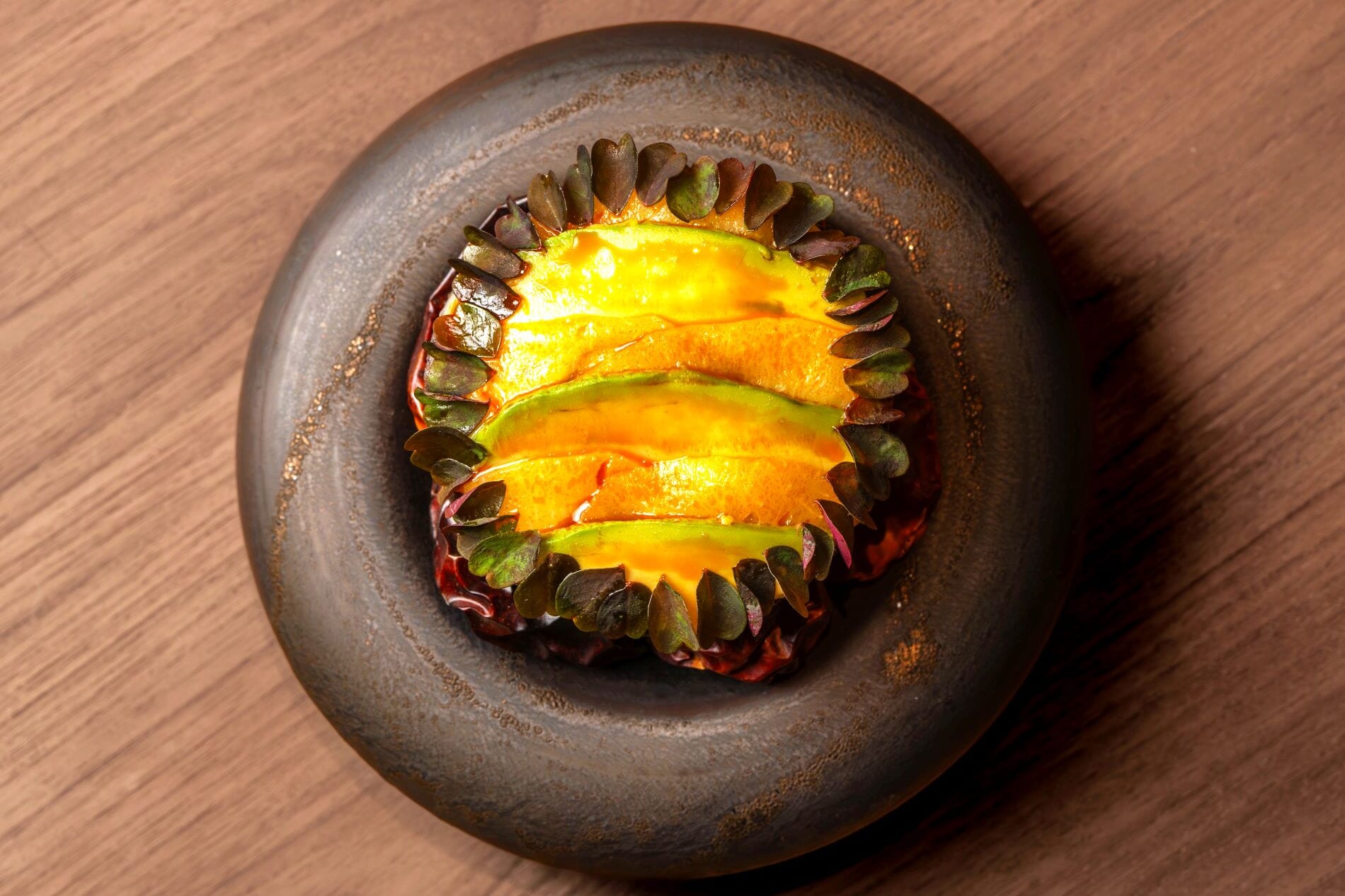
Milpa (Mexican Cuisine)
Located near Shinsaibashi and Yotsubashi stations, Milpa is a modern Mexican establishment that pays homage to traditional dishes while incorporating Japanese ingredients and modern techniques. “Milpa” is an ancient word for a farming method that cultivates fertile soil. The chef, who draws a conceptual parallel between farming and cooking methods, is attempting to bring a new style of Mexican food culture to Osaka.
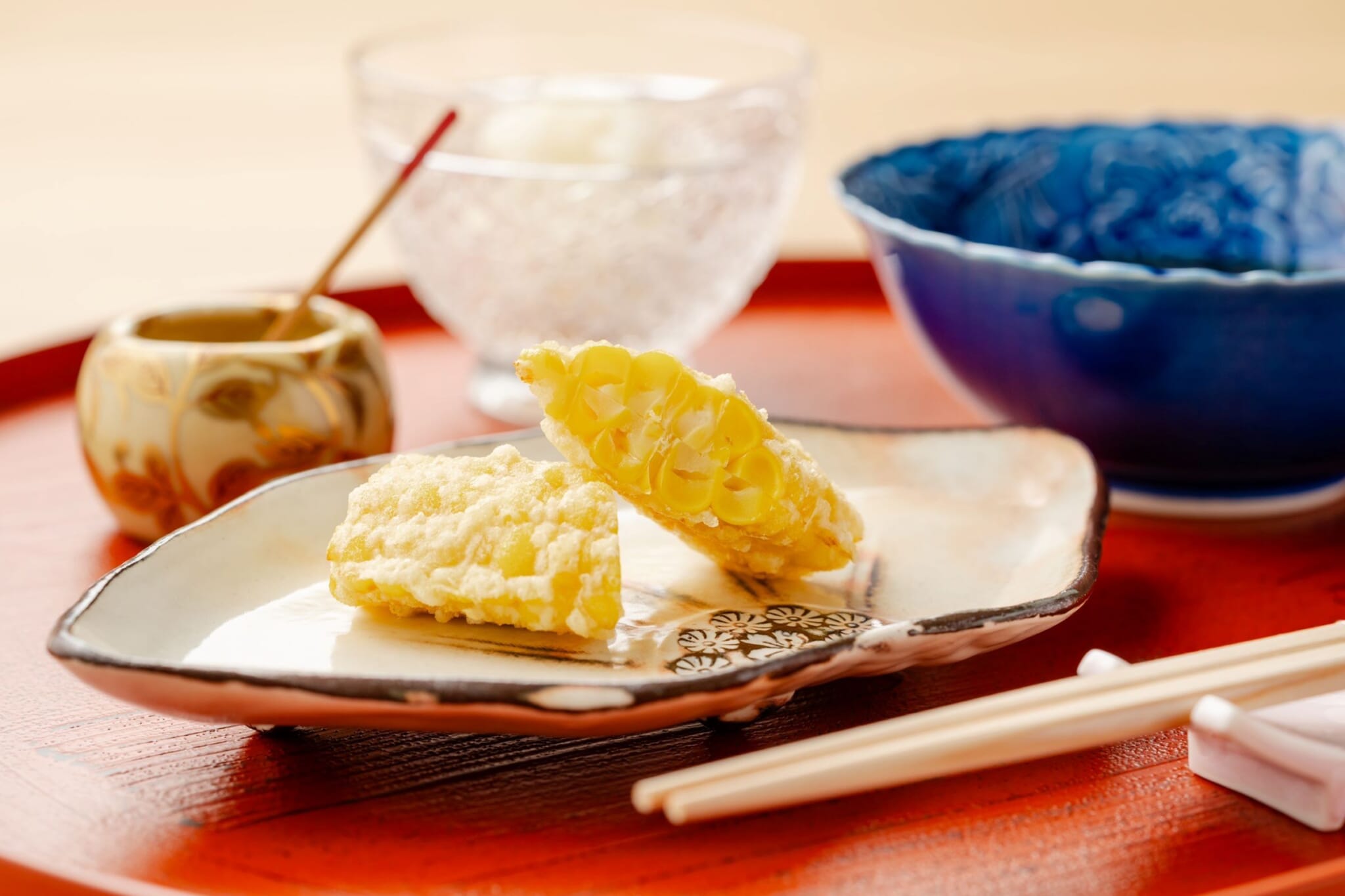
Tempura Sakugetsu (Tempura)
Sakugetsu, meaning “new moon” in Japanese, is a pioneer of modern tempura. While respecting the long tradition of tempura, the restaurant is evolving its technique and style. Sakugetsu places great importance on the texture and quality of tempura, using cottonseed oil mixed with sesame oil. The chef also negates the need for tempura paper by skillfully draining the oil. Featuring 10 counter seats, Sakugetsu is supervised by Shunsaiten Tsuchiya, a two-star Michelin kaiseki restaurant.
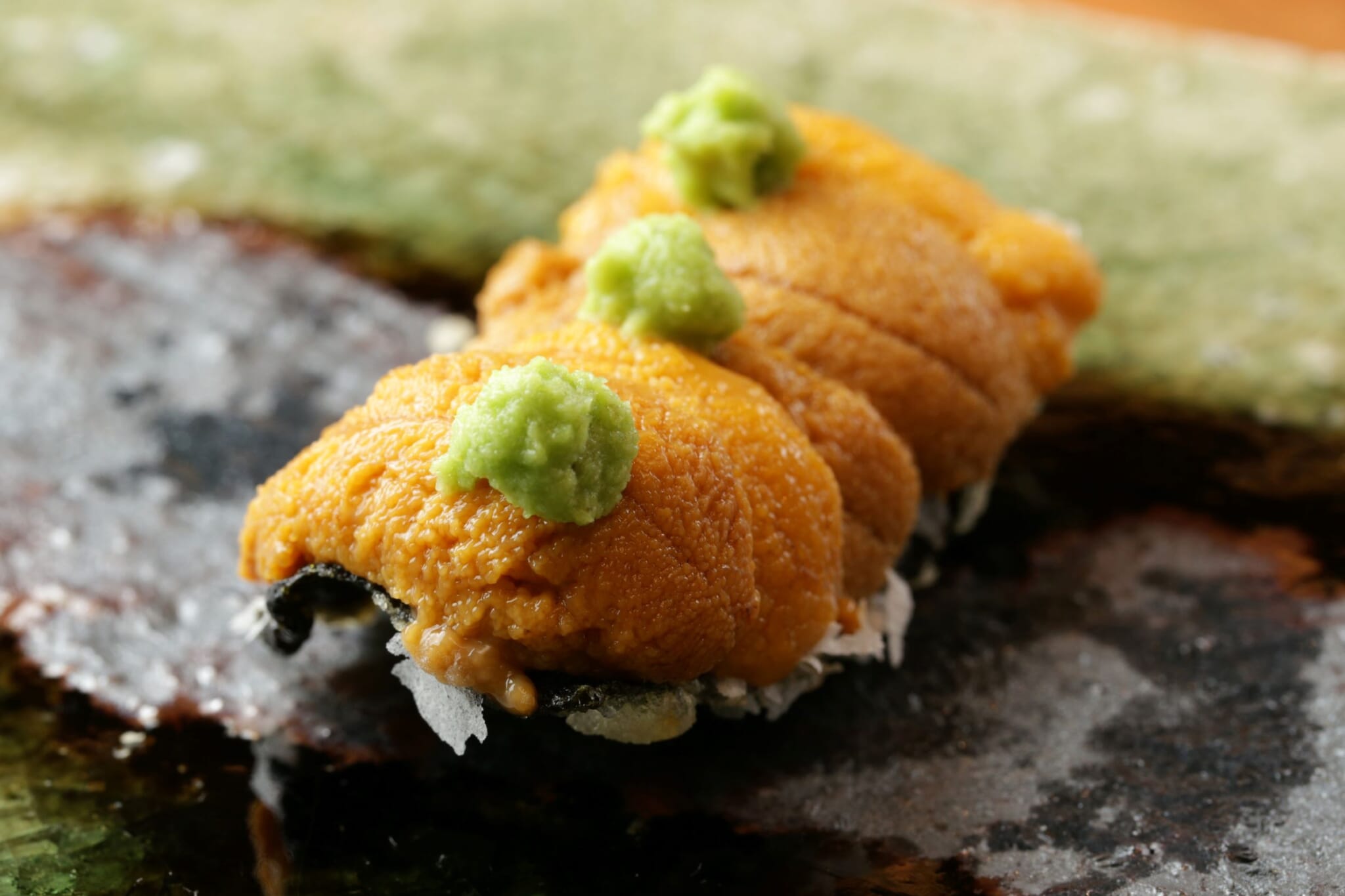
Tempura Fukana (Tempura)
Chef Ken Fukana, who previously worked at The Ritz-Carlton Osaka, opened Tempura Fukana in 2024. Using carefully selected seasonal ingredients and cooking methods, he serves masterful tempura dishes. Some highlights recommended by him include sea urchin, nori and Japanese beef fillet wrapped in shiso leaves. The restaurant’s sign is handwritten by the chef’s mother, who is a calligrapher and the person who inspired his culinary ambitions.
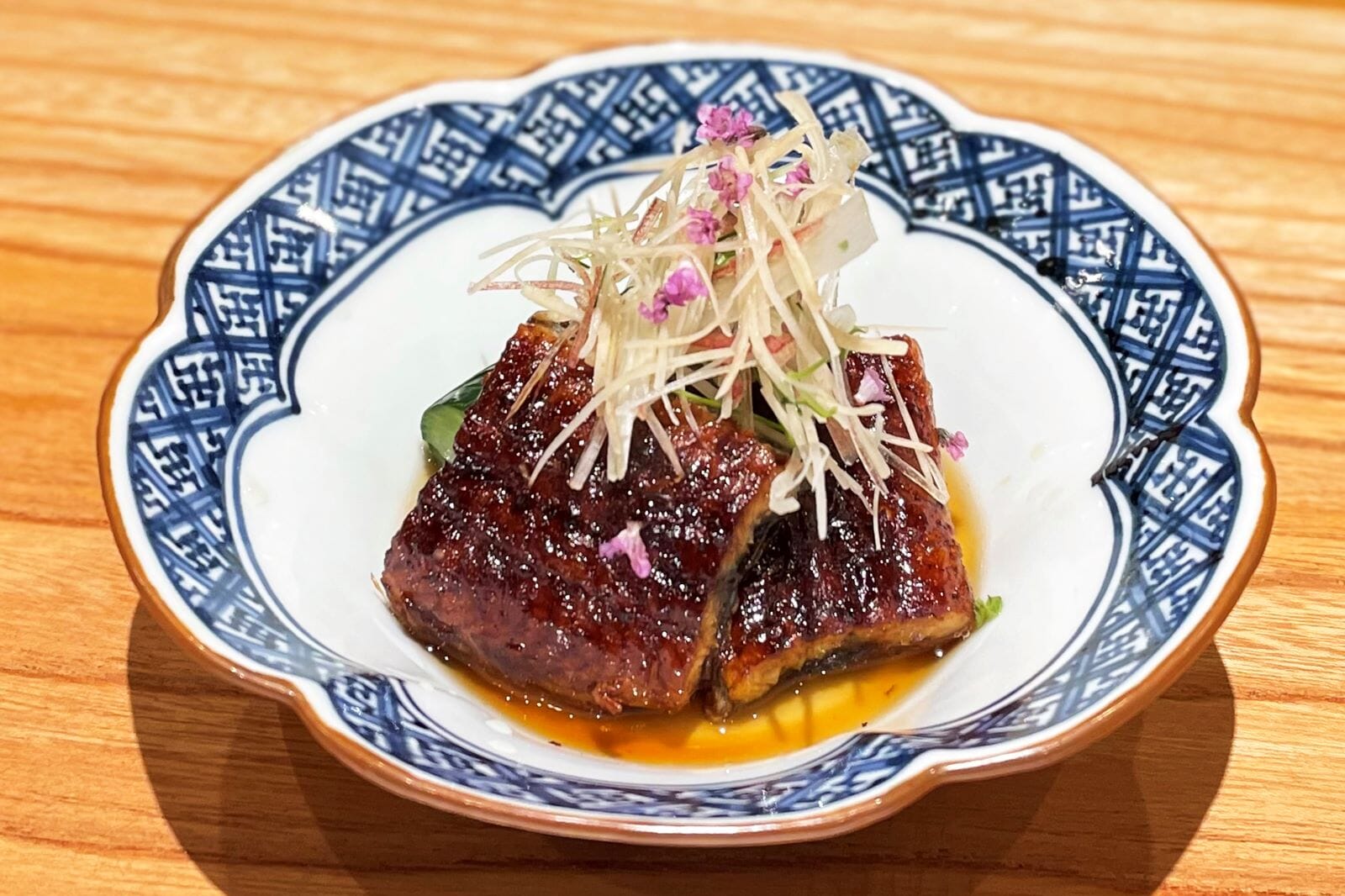
Shunzen Kiraku (Japanese Cuisine)
Shunzen Kiraku specializes in Naniwa kappo cuisine. Kappo cuisine falls between kaiseki — the globally renowned haute cuisine of Japan — and casual Izakaya-style small dishes. The chef starts with a seafood, vegetable and sushi platter, depending on what is in season that day. The menu ranges from classic grilled and simmered dishes, to creative offerings such as bisques and frites.
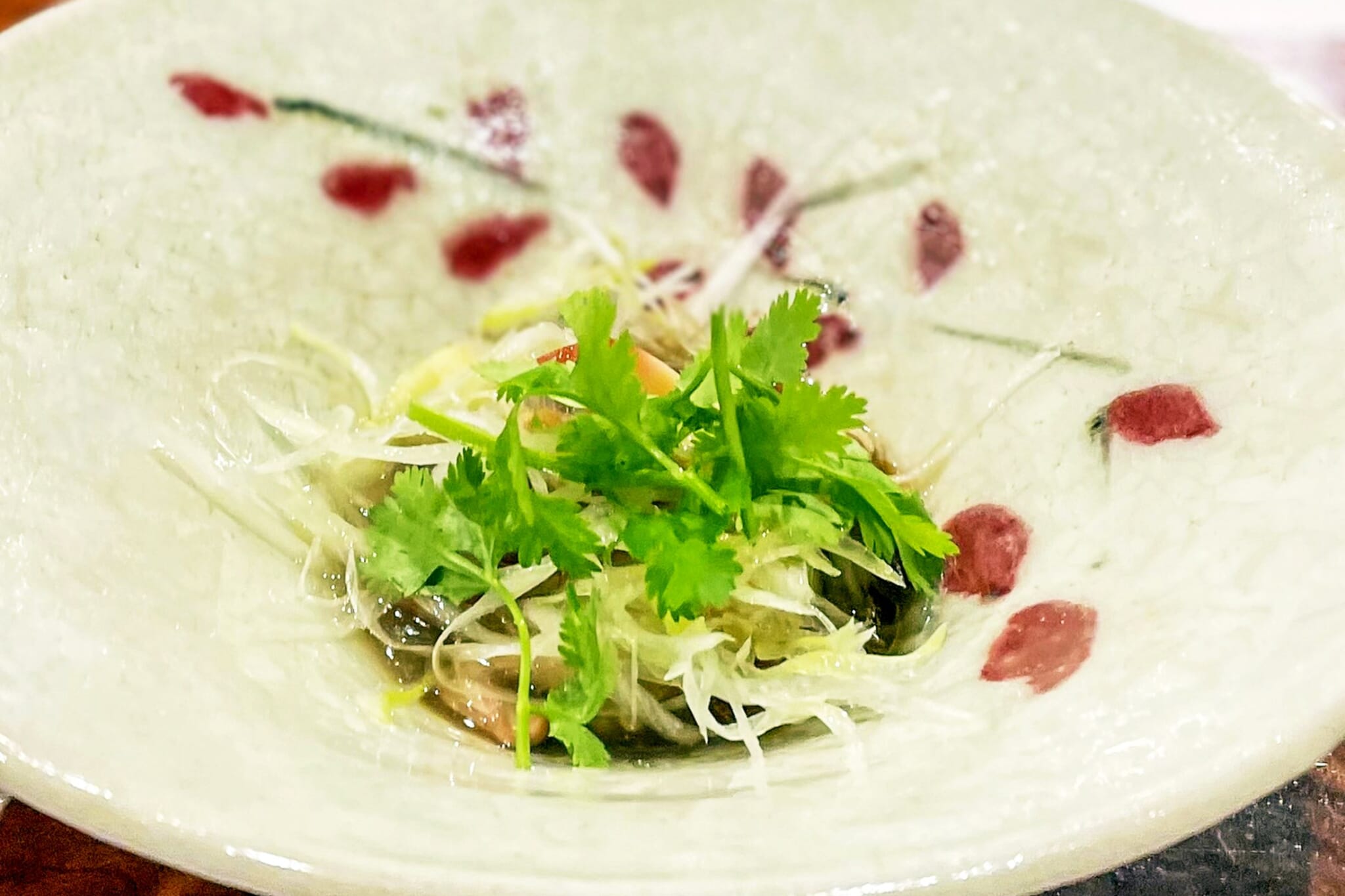
Mashino Ken (Chinese Cuisine)
Featuring authentic Chinese cuisine, Mashino Ken is led by an owner with 20 years of experience in Cantonese and Sichuan cuisine. The open kitchen and relaxed atmosphere is luxurious yet cozy. An iconic dish that the chef swears by is Peking duck, which symbolizes his culinary roots.
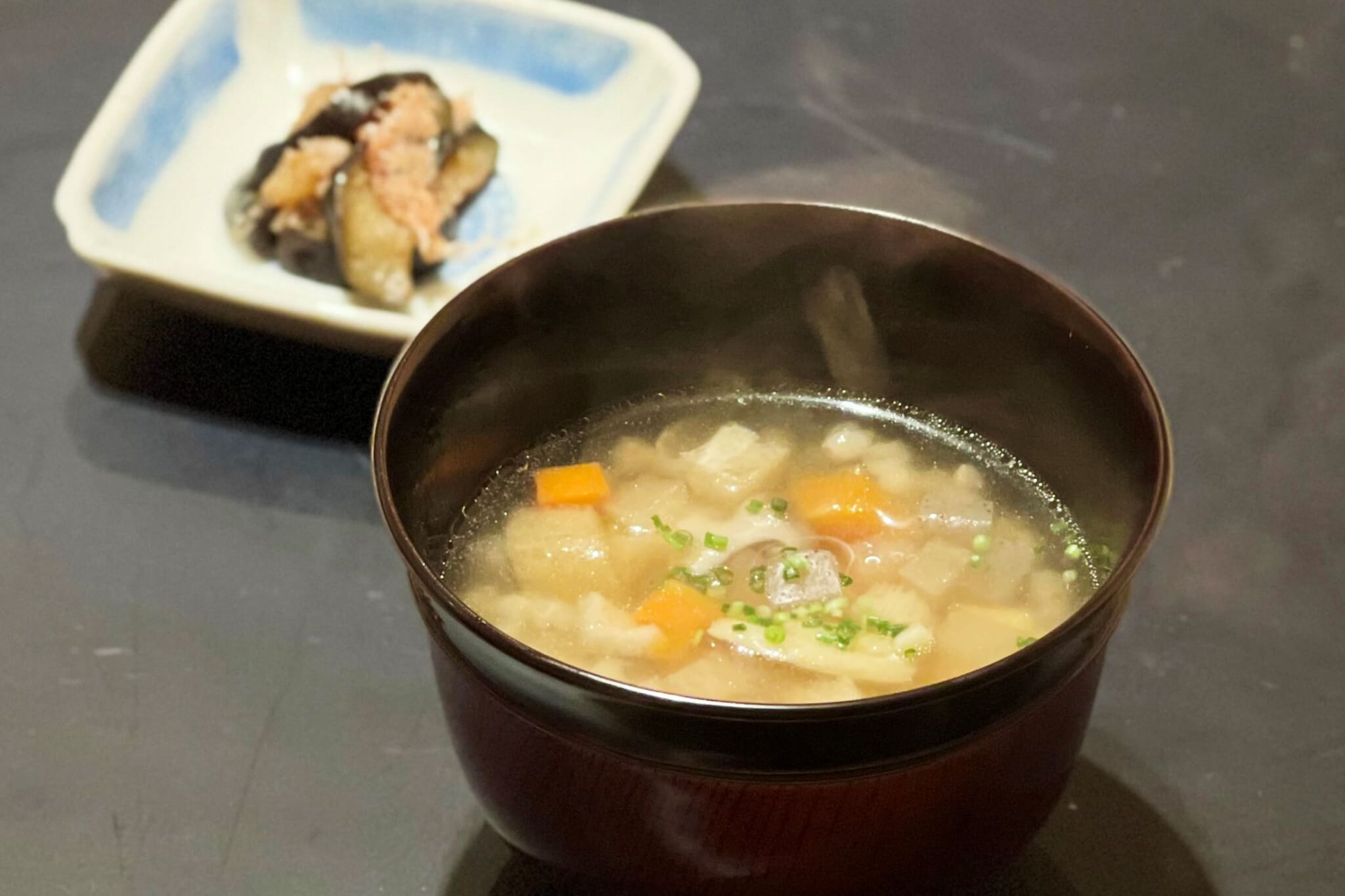
Takeda (Japanese Cuisine)
The head chef of Takeda hails from Tokushima Prefecture, hence the restaurant’s indigo decor. Seafood ingredients are delivered directly from Naruto and Minami, in addition to local citrus fruits, vegetables and soy sauce. Some fresh ingredients to look forward to are rich sea urchin and Awa beef, which is known for its fine texture. Other highlights include buckwheat soup and Handa somen.
Images Courtesy of Michelin Guide

